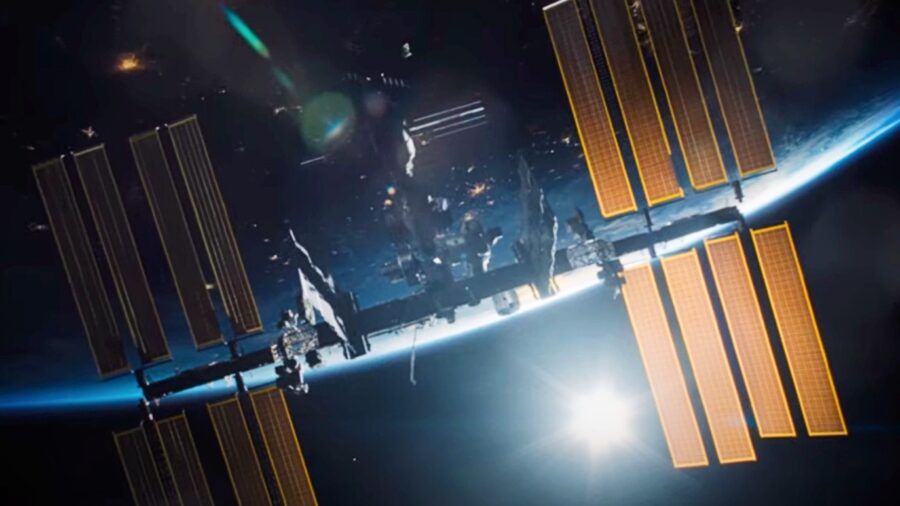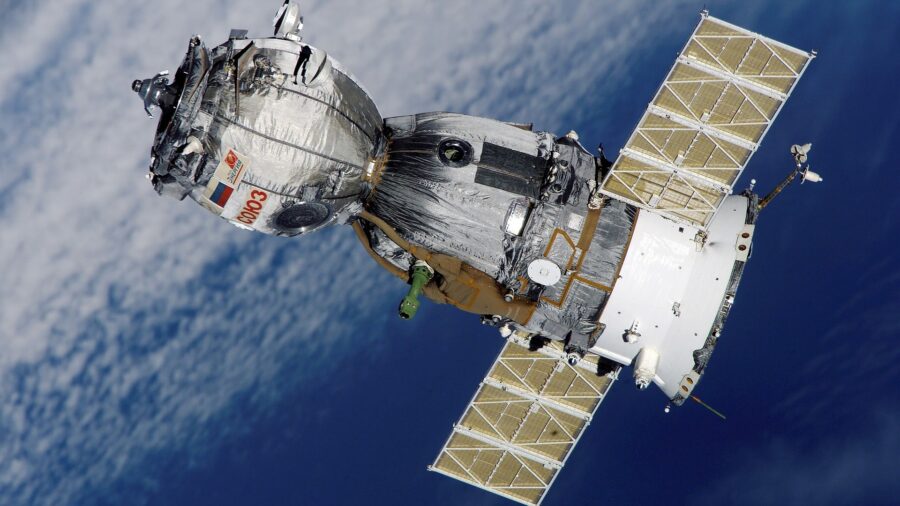NASA Satellite Plummets Back To Earth And Might Not Hit Anyone
NASA's RHEESI satellite is re-entering orbit, and parts are expected to hit the surface.

Nobody panic! NASA says that when its 660-pound Reuven Ramaty High Energy Solar Spectroscopic Imager (RHESSI to its friends) crashes into Earth, it won’t kill anybody — probably! The 21-year-old low-orbit observation satellite only has a 1 in 2467 chance of hurting someone after it falls through the atmosphere this Wednesday evening, even though NASA expects some of the space debris from the satellite to survive re-entry and smash into the earth’s surface.
NASA’s official release does not offer any indication about where the debris from the satellite is likely to collide with our home planet. This almost certainly has to do with the fact that NASA says their estimated re-entry time could be off by up to one hour. This makes a huge difference for a satellite that is traveling around the earth at about 57,000 miles per hour.
RHEESSI was launched in March 2002 for the purpose of observing solar flares and coronal mass ejections. The satellite’s two-year mission lasted for eighteen years, after which NASA abandoned the satellite to the probably-not-deadly fate of falling out of orbit and mostly burning up in the atmosphere. Three years after being retired, the decommissioned satellite will finally crash in a blaze of firey destruction — just after it turned old enough to drink, coincidentally enough.

During its mission, the doomed satellite also discovered that a phenomenon known as “dark lightning” (also known as terrestrial gamma-ray flashes) occurs on Earth about 50 times each day. While it’s much rarer than regular lightning, dark lightning can appear within a few milliseconds of a regular lightning strike, producing a burst of gamma rays, positrons, and electrons in the atmosphere. This phenomenon, which wasn’t discovered until 1994, has forced scientists to reanalyze everything they thought they knew about lightning.
RHEESI isn’t the only decommissioned NASA satellite to fall to Earth this year. In January, the 38-year-old Earth Radiation Budget Satellite (ERBS burned up in the atmosphere just off the Alaskan coast. This satellite was not, in fact, named because it was bought on the cheap on Wish.com, but rather because it was designed to measure Earth’s “radiation budget” — the amount of radiation the Earth loses in outer space compared to the amount it receives from the sun.
Interestingly, debris from ERBS only had a 1 in 9,400 chance of hurting someone. This means that RHEESI is about four times more likely to smash into a human being than its older satellite brother. This comes despite the fact that ERBS has more than three times RHEESI’s mass.
These deorbiting satellites come at a time when astronomers are growing concerned about the number of satellites surrounding the planet, especially in the wake of SpaceX asking to launch 30,000 satellites to help upgrade its Starlink network. Too many satellites could result in what’s known as “Kessler syndrome” — a state where satellites begin to regularly collide, creating debris that starts destroying even more satellites. The ensuing chain reaction could theoretically make launching future satellites extremely difficult.









